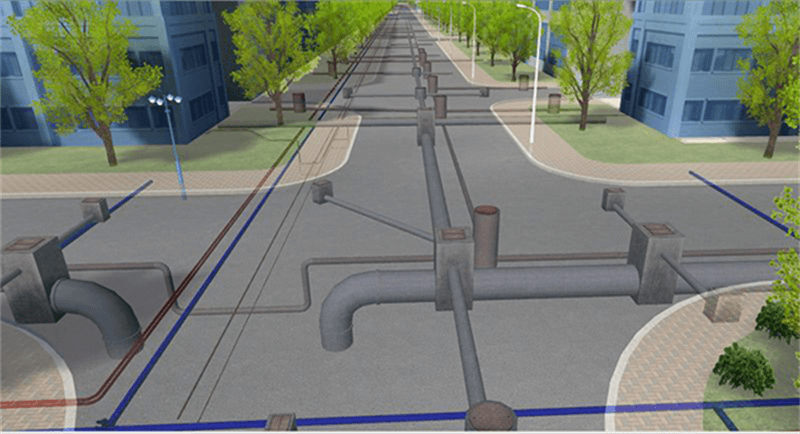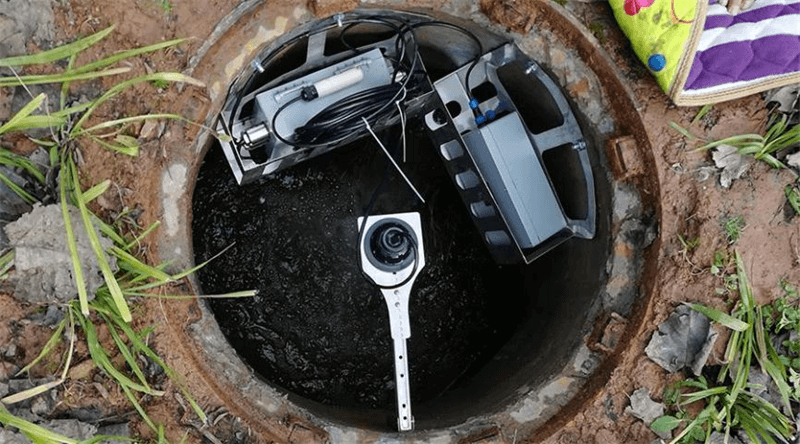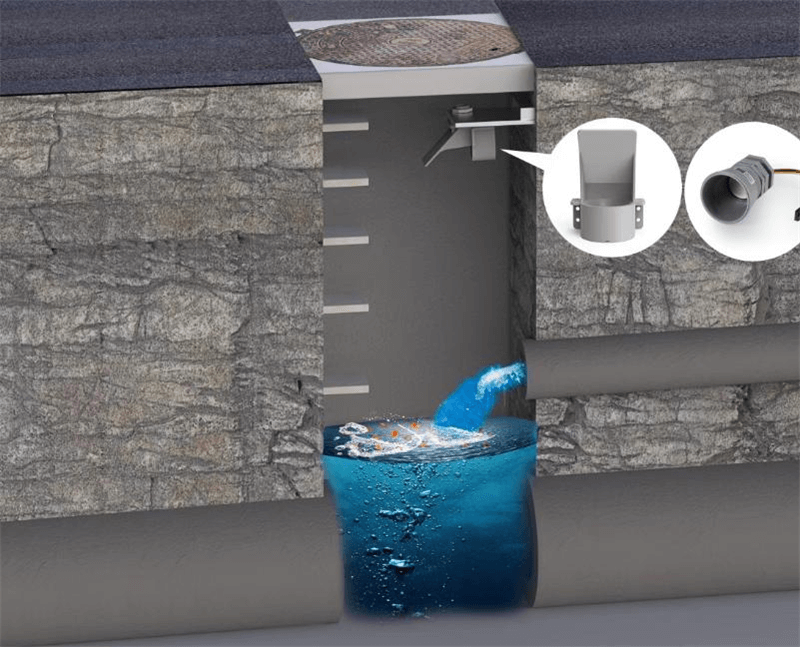The water level monitoring of the drainage pipe network is to ensure the normal operation of the drainage pipe network. By monitoring the water level and water flow in time, which can help city managers prevent problems such as pipe network blockage and water level exceeding the limit. Ensure the normal operation of the drainage pipe network, and avoid problems caused by pipelines blockage or pipe leakage lead to the Flooding and other safety incidents happen.
On the other hand, the water level monitoring of the drainage pipe network can also provide important data support for urban flood control, help predict and warn the risk of urban water logging, and respond to sudden flood events in a timely manner. So how to monitor the water level of the pipe network? What kind of sensors are used to monitor the drainage network?
How to monitor the water level of the drainage pipe network?
To monitor the water level of the drainage pipe network according to choose the appropriate sensors, and set up a system of monitoring solutions, the system is including data collection, transmission, processing and display, etc., to achieve efficient and accurate monitoring of the water level of the drainage pipe network.
How to choose the suitable sensors for the water level of the drainage pipe network?
Traditional water level gauge: This solution requires installing a water level gauge on the drainage pipe network and measuring the water level on a regular basis. This method is relatively simple, but requires regular inspections and maintenance.
Radar water level gauge: The radar water level gauge uses radar technology to measure the water level, which has the advantages of high precision, small blind area, and which is not affected by sediment and aquatic plants. The radar water level gauge can automatically measure the water level without human intervention, and it can be monitored and controlled remotely.
Ultrasonic water level gauge: Ultrasonic water level gauge uses ultrasonic technology to measure water level, which can measure water level at a long distance, and is not affected by water quality and sediment. This method requires installing ultrasonic sensors on the drainage network and transmitting the data to the control center through cables or wireless networks.
However, due to the complex internal environment of the pipeline, ultrasonic water level monitors are generally used. Dianyingpu A07 is a water level monitoring sensor specially developed for harsh sewer, manhole conditions. It has a water level range of 8 meters and an ultra-small beam angle of 15°, adapting to complex underground conditions. 12 types of anti-interference filtering algorithms for the environment, accuracy ±0.4%FS, temperature compensation, to ensure true and accurate data. A07 can be applied to various liquids and environments, and has high precision and fast response, which is very suitable for water level monitoring of drainage pipe network.
A07 Ultrasonic Sensor Features:
1. Ultrasonic pipe network water level monitoring at a depth of 8 meters
Ultrasonic pipe network water level monitoring up to 8 meters deep, 15° ultra-small beam angle, accuracy ±0.4%FS
2. Integate intelligent signal processing circuit, the blind area is small and the measurement distance is long.
3. Built-in target recognition algorithm, high target recognition accuracy
4. Support remote upgrade, flexible adjustment of software algorithm
5. The onboard temperature compensation function can automatically correct the temperature deviation, and the distance can be measured stably from -15°C to +60°C
6. Low power consumption design, quiescent current <10uA, measurement state current <15mA
7. The whole machine is IP68 protected, no fear of industrial sewage and road water, and the ultrasonic transducer is treated with anti-corrosion
DYP has been committed to the R&D and production of ultrasonic sensors. The A07 ultrasonic water level sensor has the advantages of non-contact measurement, high precision, fast response, wide application, and easy installation and maintenance. At present, it has been applied in the construction of many urban lifeline projects.
Post time: May-19-2023



